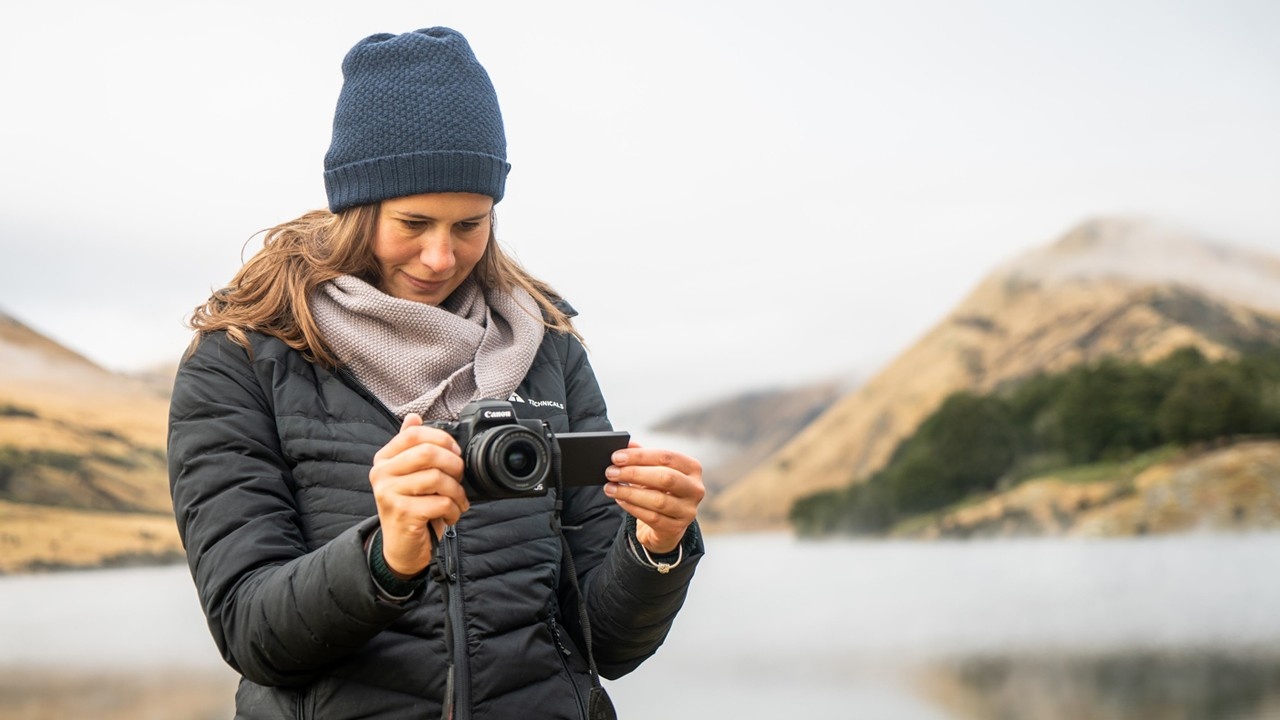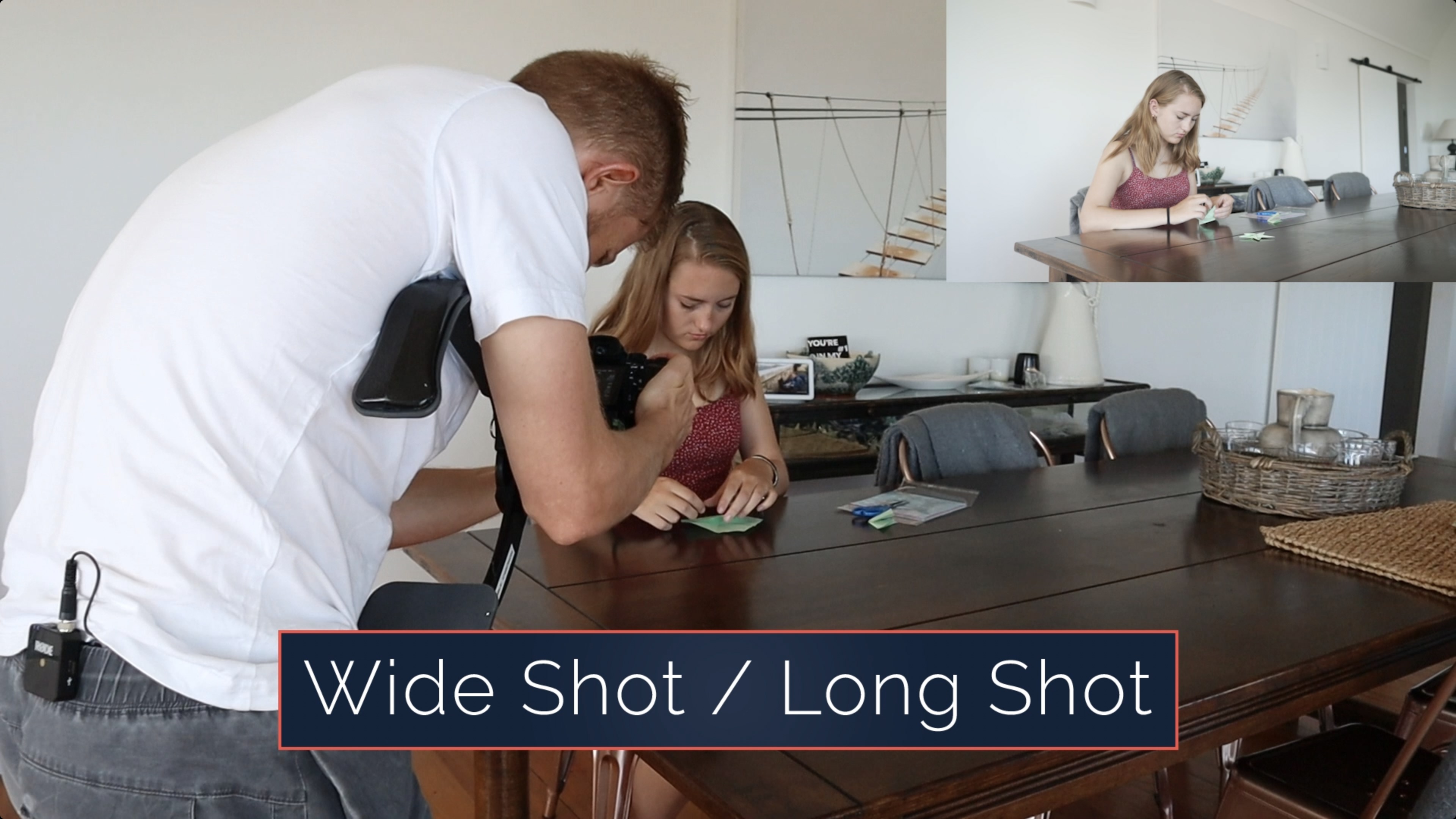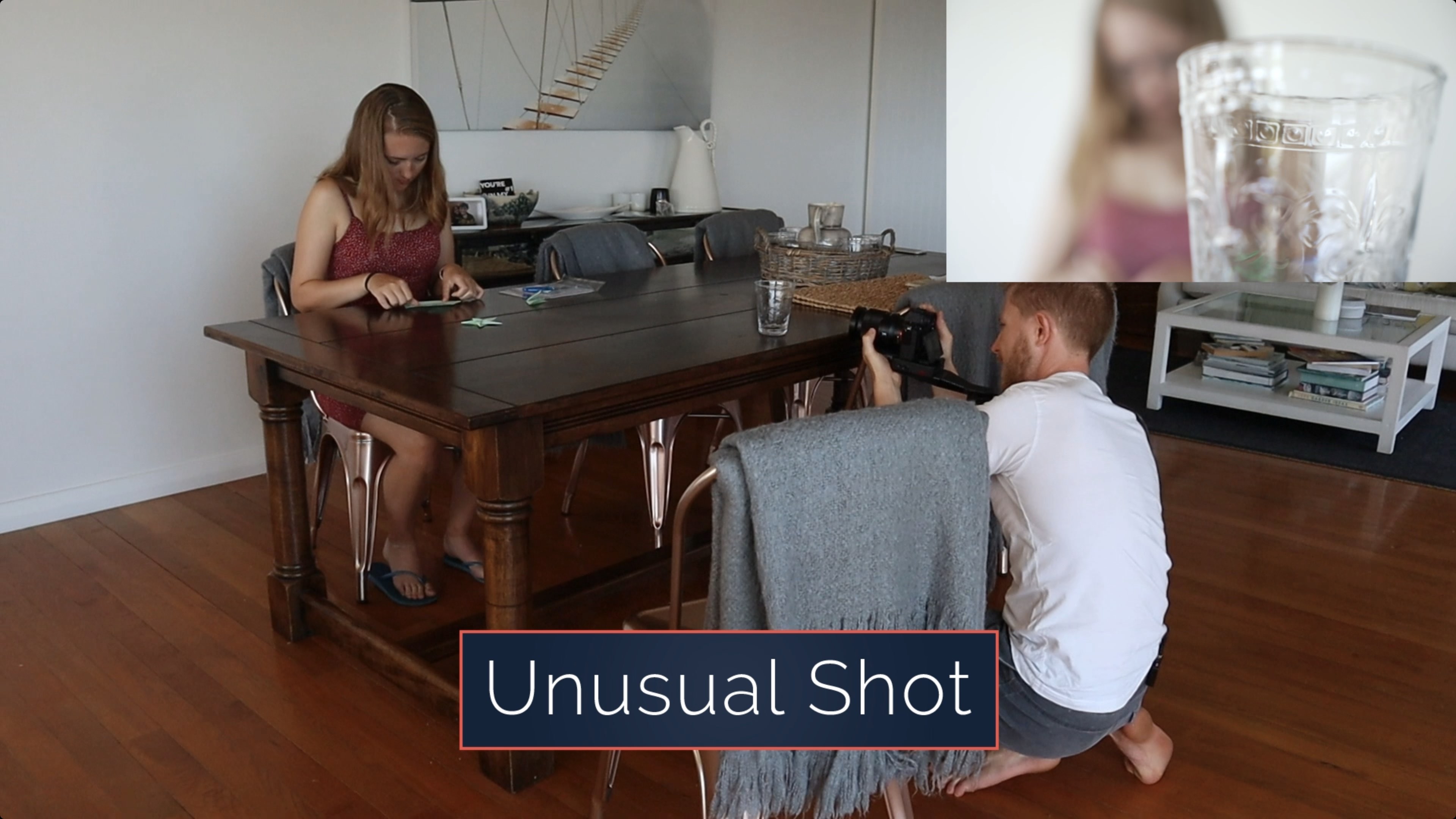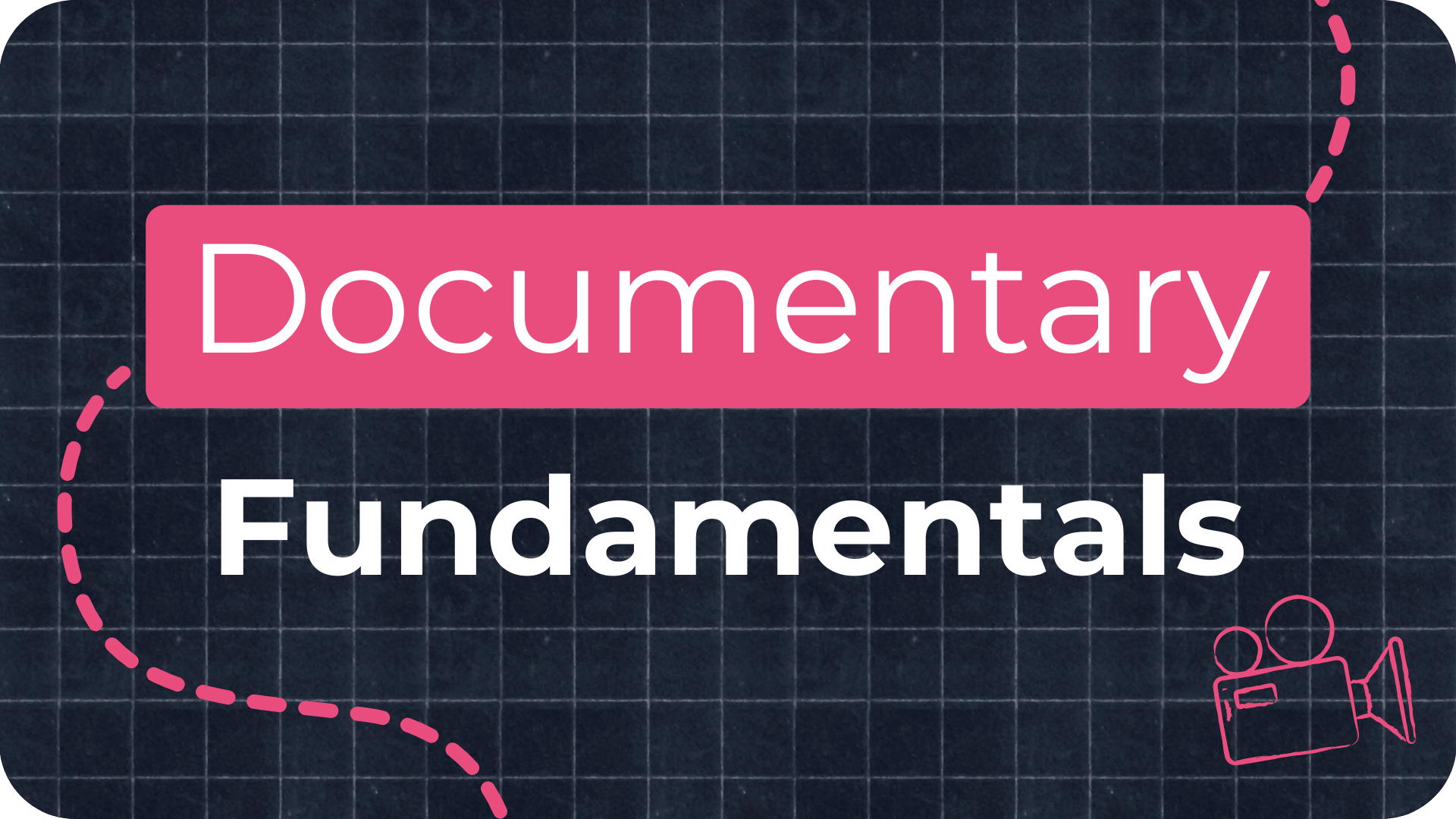How to Shoot a Documentary Scene With One Camera

If you find the idea of shooting a scene a bit overwhelming and don’t know where to begin - don’t worry, you’re not alone - it’s something all documentary filmmakers feel when starting out! But with practice, it’ll become second nature.
When I say scene, I simply mean several shots cut together to tell a small part of the story. Usually a scene is made up of continuous action in the same location. If you compare it to a book, then a shot is like a sentence and a scene is like a paragraph.
How To Shoot a Documentary Scene With a Single Camera
So, to shoot a scene, to start with, I'd recommend just using one camera and following what’s called the 5 shot rule. This is a technique that was popularised by Michael Roseblum who trained video journalist students at the BBC with this technique.
Steps to Filming a Scene Using the 5-Shot Rule
5-Shot Rule: Close-up of hands
So first up you’ll want to film a close-up of your subject’s hands to show what is being done.

5-Shot Rule: Close-up of face
Then film a close-up shot of your subject’s face.

5-Shot Rule: Wide shot
Film a wide shot showing where the scene is taking place.

5-Shot Rule: Over-the-shoulder
Over-the-shoulder shot of your subject.

5-Shot Rule: Unusual shot
And lastly, an unusual shot to show the scene unfolding - it’s up to you what camera angle you use. Just be creative with it, whether that means climbing up a tree to get a high angle, crawling on your belly to get a low angle, or tilting your camera to get a Dutch angle.

5 Shot Rule: How To Film a Documentary Scene
Using the 5 shot rule will help you decide what angles to use when filming a scene, it’s especially useful if you have limited time to film. Once you’ve mastered the 5 shot rule, you can add, subtract and mix up the angles you use when filming a scene and start to develop your own visual style.
When filming a sequence, don’t be afraid to direct your subject a little or ask them to repeat an action so you can get an additional angle. As long as what you’re filming is true and authentic to your character there’s nothing wrong with doing this. In fact, I’d encourage it, as having multiple angles will make for a much better documentary. Of course, there will be times when you can’t do this because it’s not appropriate for your subject to repeat the action because they’ve got to focus on the task at hand. If this is the case, then respect your character’s space, and film the scene as best you can, either with one camera or with multiple camera operators.
Should You Direct Your Documentary Scene? Pros and Cons
Directing scenes within a documentary is a powerful tool, adding structure and emphasising key elements of your story. It's a way to illuminate details crucial to your vision, lending focus and emotional resonance to the film. Think of it as a way to guide the viewer through your lens.
Yet, there's a delicate line to walk. Documentary filmmaking, at its heart, thrives on capturing the truth unfolding on its own. Too much direction can jeopardise that sense of authenticity, potentially leading to a manufactured feel that audiences are quick to spot. The challenge is to wield directed moments thoughtfully, safeguarding the core spirit of truth that underlies the genre.
Ultimately, the decision of when or how much to direct depends on your overall goals and the nature of your subject matter. There's a way to do it artfully – with subtlety and an unwavering commitment to preserving the real moments that form the backbone of your film. That's the sweet spot, where your vision meets the beautiful spontaneity of authentic events.
Documentary Scene Shot Lists: The Essential Guide for Beginners
Creating a shot list is an essential step in documentary filmmaking, especially for beginners aiming to bring their vision to life with clarity and impact. A shot list is more than just a checklist; it's a roadmap that guides the filmmaking process, ensuring that every crucial moment is captured with intention. For documentary filmmakers, this means planning out each scene in advance, considering the types of shots needed to tell the story compellingly—be it wide shots to establish context, close-ups to capture emotion, or action shots to maintain dynamism.The beauty of a shot list for documentaries lies in its balance between preparation and flexibility. It allows filmmakers to identify key moments and visual elements that are essential to the narrative, enabling them to allocate resources effectively and avoid missing critical footage. However, it's also important to remain open to spontaneous opportunities that documentaries are known for. Real life is unpredictable, and some of the most powerful moments in documentaries are those unplanned instances captured by being in the right place at the right time.For beginners, developing a shot list can seem daunting, but it's a valuable exercise in visualization and planning. Start by breaking down your scenes into individual shots, considering angles, compositions, and movements that will best tell your story. Think about how each shot contributes to the narrative, and be ready to adapt your list as the reality of the documentary unfolds. Remember, a shot list is not just about what you want to shoot, but why each shot is important for your documentary's message. With a well-thought-out shot list, beginners can approach the filming process with confidence, knowing they have a solid foundation to build upon.
How to Film Documentaries Discreetly: Blend in for Authentic Moments
Free Documentary Filmmaking Training
If you want more value-packed filmmaking tips like in this blog, I’ve put together a free documentary training video where I share how I make cinematic documentaries. Click here to sign up and get instant access.
















